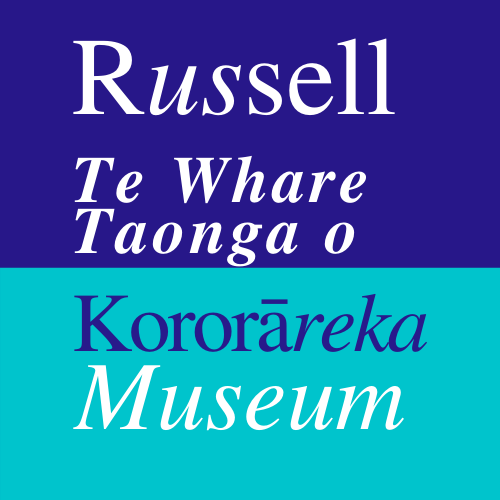On certain dates you will see this flag flying from the Russell Museum and Maiki Hill flag staffs. It is Te Wakaminenga o Ngā Hapū o Nu Tireni – the Flag of the United Tribes of New Zealand.
In November 1830, with owners Patuone and Taonui on board, the Hokianga-built Sir George Murray was impounded in Sydney for sailing without a flag or register. A woven harakeke kaitaka, flown either from the stern or masthead of the ship, was not acceptable. New Zealand was independent then, not yet British, unlike the penal colony of New South Wales. In 1834 James Busby convened a gathering on his front lawn at Waitangi to choose a national flag. Twenty-five northern rangatira and a considerable number of followers attended. This flag was their choice. When the Treaty of Waitangi was signed in 1840 the Union Jack replaced it. Many Māori believed the United Tribes flag should have been flown alongside the Union Jack in recognition of their equal status with the government. Five years later Māori were at war with the Crown. The Union Jack was their first target. Over a century later, in 2009, hui were held throughout Aotearoa to select a national Māori flag. The Tino Rangatiratanga flag was selected and while it does not carry official status it is flown together with the New Zealand flag on days of national significance. Here in Kororāreka – Russell, we fly the United Tribes flag twelve times a year to commemorate significant events – twice more this year, on August 6th to commemorate the death of Hone Heke in 1850 and October 28th, when He Wakaputanga – The Declaration of Independence was signed in 1835.
Sources : www.nzhistory.net.nz; Ngāpuhi Speaks: Independent Report on Ngāpuhi Nui Tonu Claim; http://www.mch.govt.nz/nz-identity-heritage/flags/national-māori-flag






























